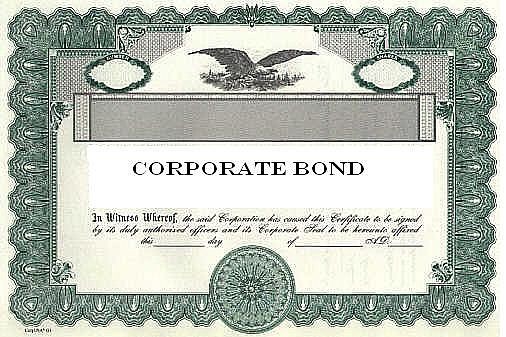Definition of a Zero Coupon Bond
Post on: 7 Апрель, 2015 No Comment

Function
A zero coupon bond does not produce interest payments. Instead it sells at a deep discount of the face value. An investor’s earnings come from the difference between the price paid for the bond and the face value amount received when the bond matures. For example, a 20-year Treasury zero coupon bond could be purchased in June 2010 for a price of 43.367. This means a zero coupon bond that pays $100,000 in 2030 would cost $43,367 in 2010 with the quoted yield on this bond of 4.24 percent.
Considerations
Zero coupon bonds, issued by the Treasury, are referred to as separate trading of registered interest and principal securities or strips. Strips are created when the interest payments are stripped from Treasury bonds, and the future interest payments and principal are sold as zero coupon bonds. For example, a $10 million, 20-year Treasury bond with a 5 percent coupon will pay $250,000 in interest every six months. The 40 interest payments and the final principal payment can be separated, divided and sold as future principal payments for zero coupon Treasury bonds with a 20-year range of maturity.
Potential
Zero coupon bonds can be used to provide a specific amount of money for a set need in the future. Since the interest earned is in the discounted price, an investor does not have to find other places to invest the interest as would be the case with an interest paying, coupon bond. Zero coupon bonds also have the greatest price changes when interest rates change. Bond prices increase when interest rates decline, and traders use long-term zero coupon bonds to obtain the maximum profits when interest rates fall.
Warning
References
More Like This
Are Dividends Taxable Income?
You May Also Like
Zero coupon bonds are exactly as they sound. The interest paid by a bond is called the coupon or coupon amount. Zero.
Calculating bond performance is not difficult but does require knowledge of the nuances of bond trading. The primary issues are the calculation.
Compound interest is a powerful force to grow the value of an investment portfolio. Simply put, compounding is earning interest on interest.
Zero coupon bonds are similar in nature to other debentures issued by corporations or governments to raise funds. The key difference is.
Interest is the sum charged by lenders for the use of heir money. An interest rate is interest expressed as a percentage.
Bonds are issued by companies to raise funds without giving up any ownership in the company, as it would if it issued.
The differences between a 20-year Treasury bond and a corporate bond are vast. One of the major differences is that investors consider.
Bonds are the debt securities corporations and governments rely on for much of their borrowing. When a bond is sold, the issuer.
In the media, low interest rates are mostly referred to as a good thing. They lower mortgage costs, make loans cheaper and.
The 10-year Treasury note is the benchmark bond for long term interest rates. It is the longest maturity Treasury security before the.
Investors in IRA accounts use the 30-year bond to lock in a rate of interest for retirement. They can receive coupon payments.














